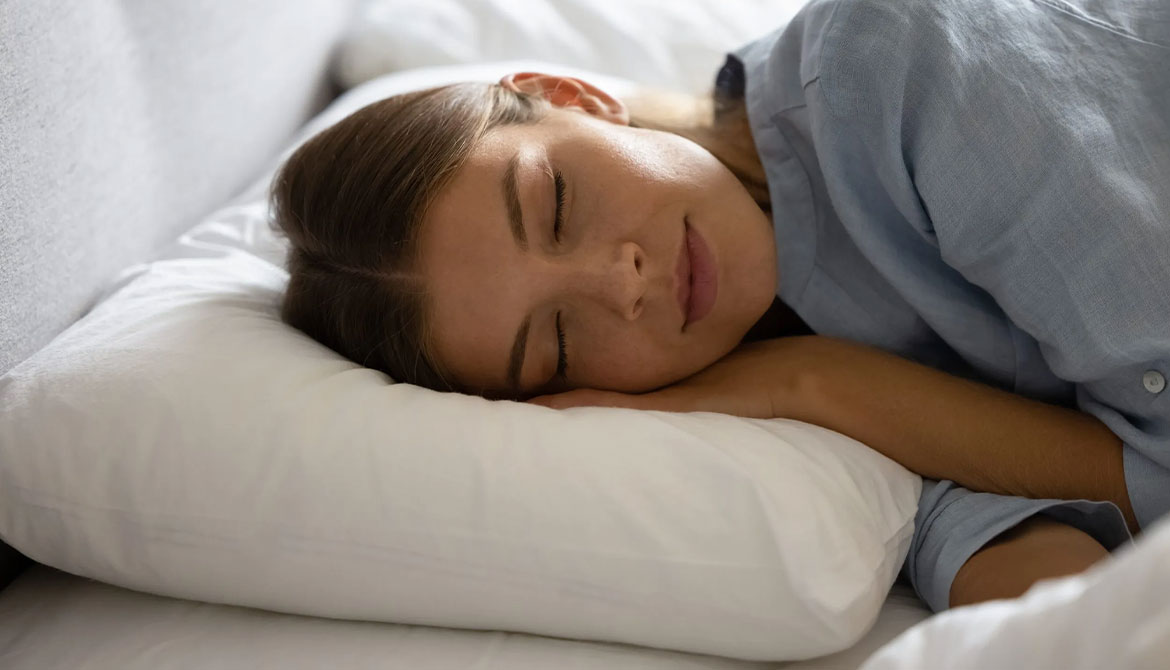Polysomnography (Sleep Study): The Gold Standard in Diagnosing Sleep Apnea
Sleep is a vital process for human health. However, for some individuals, sleep may turn into a serious health risk due to undiagnosed breathing problems. Sleep apnea is one of the most common of these sleep disorders and, if left undiagnosed, can lead to severe health complications. The polysomnography (PSG) test is considered the gold standard method for diagnosing sleep apnea and other sleep disorders.
What Is Polysomnography?
Polysomnography is an advanced test that monitors physiological and biological activities during sleep. Since sleep apnea is characterized by pauses in breathing during sleep, the PSG test allows for a detailed assessment of sleep quality and respiratory patterns.
This test is typically performed overnight in a specially designed, comfortable room in a sleep laboratory. During sleep, various electrodes and sensors are used to record brain waves, eye movements, breathing rhythm, heart rate, and blood oxygen levels.
How Is Polysomnography Performed?
Before the test, patients are advised to avoid caffeine, alcohol, or heavy meals that could affect sleep. The patient then prepares to sleep in a room equipped with special monitoring devices. The procedure includes:
EEG (Electroencephalography)
Measures brain waves to determine sleep stages and sleep quality.
EOG (Electrooculography)
Monitors eye movements to distinguish REM (dream stage) and non-REM phases.
EMG (Electromyography)
Analyzes muscle relaxation and contraction by measuring muscle activity.
Respiratory Parameters
- Special belts around the chest and abdomen to track breathing effort
- Sensors to measure airflow through the mouth and nose
- Pulse oximeter to measure blood oxygen levels
Heart Rate (ECG)
Monitors heart rate and rhythm.
Before the patient goes to sleep, all electrodes and sensors are placed on appropriate parts of the body. This setup takes about 30 minutes, after which the recording begins, and the patient is allowed to fall asleep naturally.
How Are Polysomnography Results Evaluated?
At least 4, ideally 7–8 hours of data should be collected during the night. An Apnea-Hypopnea Index (AHI) is calculated, which indicates how many breathing interruptions occur per hour of sleep. This index helps determine the severity of the condition:
- AHI 0–5: Normal
- AHI 5–15: Mild sleep apnea
- AHI 15–30: Moderate sleep apnea
- AHI over 30: Severe sleep apnea
The higher the AHI, the more severe the sleep apnea.
Can Polysomnography Determine the Type of Sleep Apnea?
Polysomnography provides detailed data to identify different types of sleep apnea:
Positional Sleep Apnea
- If breathing issues worsen significantly while lying on the back, it is classified as positional sleep apnea.
- Symptoms may improve or disappear in a side-sleeping position.
REM-Dependent Sleep Apnea
- If apnea episodes occur only during REM sleep, it is defined as REM-dependent sleep apnea.
- REM sleep makes up about 20–25% of total sleep and is associated with dreaming.
Mixed-Type Sleep Apnea
- Both positional and REM-related apneas may occur together.
- AHI values tend to spike particularly during REM and while lying on the back.
Who Should Get a Polysomnography Test?
Polysomnography is recommended for individuals who exhibit symptoms such as excessive daytime fatigue, snoring, breathing pauses during sleep, morning headaches, or difficulty concentrating. It is also useful in the following cases:
- Nighttime shortness of breath and frequent awakenings
- Loud snoring and a choking sensation during sleep
- Unintentional daytime naps
- Hypertension and irregular heart rhythms
- Obesity or fat accumulation around the neck
Conclusion and Recommendations
Polysomnography is one of the most reliable methods for diagnosing sleep apnea and other sleep disorders.


